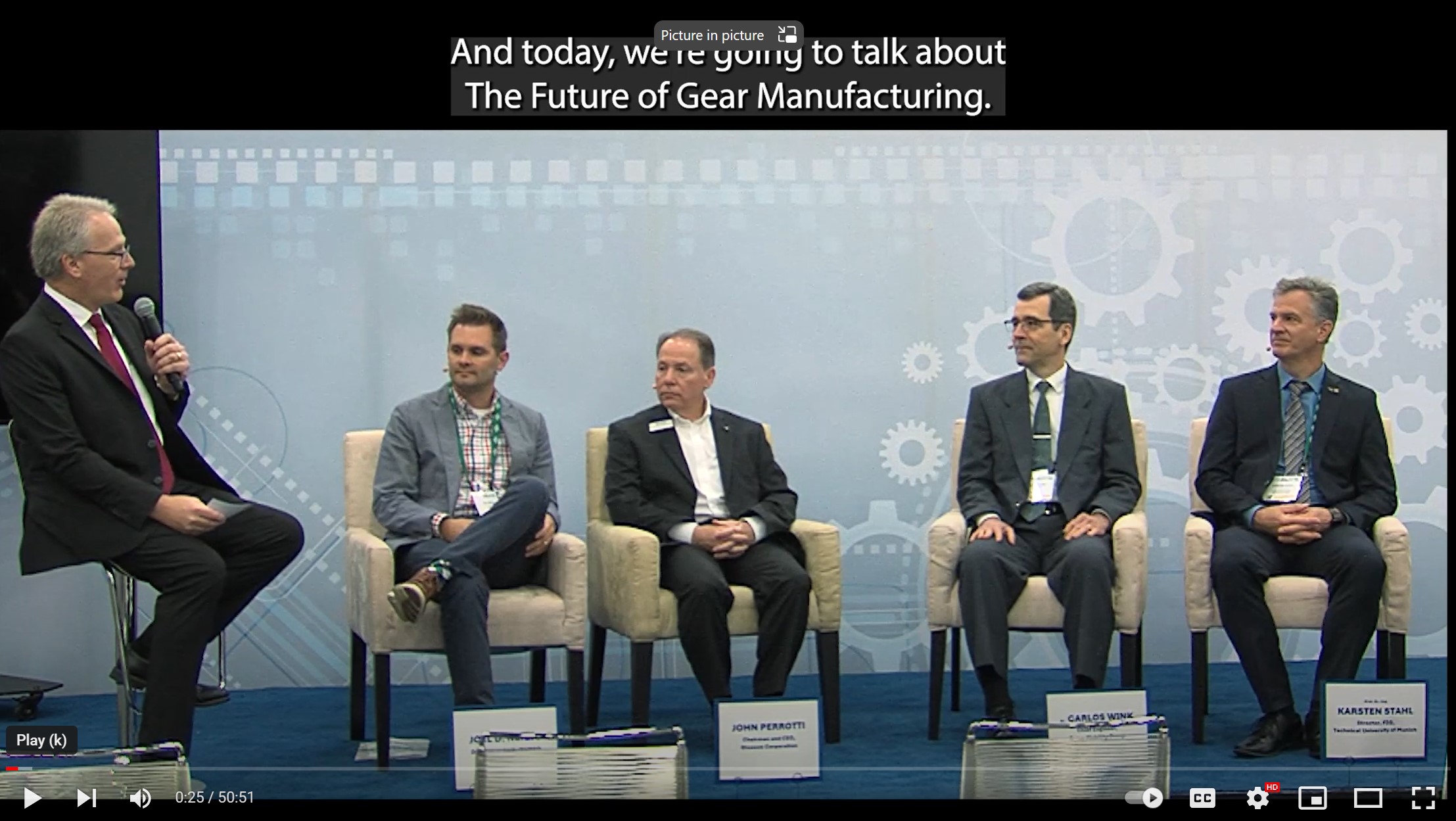Carlos Wink
Carlos Wink (Ph.D., Master's degree mechanical engineering with gear design focus — University of Campinas, Brazil; B.S. mechanical engineering — Santa Cecilia, Brazil.) is a recognized expert in gear technology and power transfer,
with extensive and global experience in developing mechanical power transfer
products, such as automotive and commercial vehicle transmissions, gearboxes, rotary
actuators for aerospace applications, progressive differentials, and gear pumps.
As an engineering manager for Eaton Corp.'s Center of Excellence for components, he leads two teams of experienced engineers — one based here in the states, the other
internationally. During his more than 25 years with Eaton, Wink has held positions in both manufacturing and product engineering, and has been instrumental in successfully
bringing products from a blank sheet of paper into production. His technical expertise
has helped to significantly elevate Eaton's technical capability globally by introducing
key advanced modeling techniques and tools and standardized engineering processes. A
founder and leader of Eaton's Gear Community of Practice, Wink also guides Eaton's
participation in The Ohio State University GearLab, AGMA membership, and SAE L. Ray
Buckendale Lecture Committee. The author of a dozen technical papers, Wink is also
the inventor of two patents and serves as a reviewer for three internationally renowned
engineering journals.
ARTICLES
FEATURED VIDEO
January 10, 2024
RECOMMENDED
-
E.T. Hone Home
October 22, 2024 -
-
Small Bevel Gears Made Easy
October 22, 2024
-
Keeping Up with the Latest Technology
December 12, 2024 -
Chamfering Can Make the Difference—The Choice Is Yours
December 12, 2024
-
Keeping Up with the Latest Technology
December 12, 2024 -
Chamfering Can Make the Difference—The Choice Is Yours
December 12, 2024 -
E.T. Hone Home
October 22, 2024






